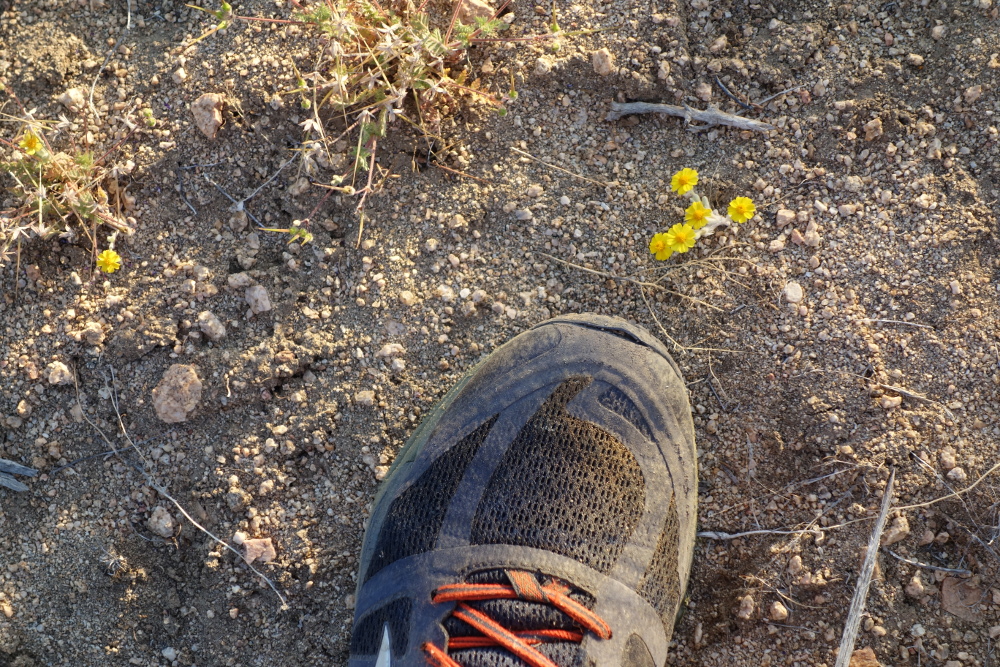
I was getting a little stressed by the state of the world and had to run off to the desert for a few days. I went to Joshua Tree on a 4 day guided hike. It was just what I needed. Some photos here, more coming…



I was getting a little stressed by the state of the world and had to run off to the desert for a few days. I went to Joshua Tree on a 4 day guided hike. It was just what I needed. Some photos here, more coming…


https://opensource.com/article/17/4/itch-to-scratch-model-user-problems
All about moving beyond the developer-centric solutions model for Open Source. I don’t use social media so please share as much as you can and help me out! Thanks!
Recently Kristen (from Coko) and I were discussing facilitation styles and she made an interesting observation about some techniques I use. Essentially Kristen noted that I use devices to ‘give away’ power (my summation, I can’t remember her exact words).
I can see what she means – essentially, when facilitating you have a lot of power over the group. There are many things you can do with this power, you can wield it as if you are the expert on all things (which is what being an asshole is all about), you can use it in an exceedingly benevolent and generous manner (which is how I think master facilitator Gunner from Aspiration operates), or you can do what I do, which is to use humility and self-deprecating actions to share some of the power with the group… there are probably many more modes of course.
I think there is something to this, although I’ll need to think through it more.
Tony Wasserman is an interesting chap. He is on the advisory board for Coko and has been around the open source block a few times (including being Director of the OSI at one time). He invited me to talk to his students yesterday (which was fun!) and was kind enough to offer me a lift back to San Francisco. In the car, we talked about my brief foray trying to make the argument to ‘the open source community’ that we need to invest in user-centric solutions models. Although Tony and I think of what this means differently (for Tony I think he considers strategies using personas and user interviews, and adding UX at the end of the project to largely take care of this, whereas I’m advocating that users design their own software), he had some interesting ideas on how to make this argument.
So, I want to scratch them down here so I don’t forget them.
First, he believes the argument can be made that open source has progressively solved a historical ‘stack’ of problems. These include (in order):
and that there is a third tier that we are confronted with now:
That is an interesting idea. It’s useful because it shows a forward momentum, which is a positive story, and also because we can show there are different types of problems to be solved. So the question is less ‘why does open source suck at the application layer’ and more about ‘how does open source solve these problems’ ie. it feels, when presented like this, more of a natural continuum.
Tony also brought up an interesting point when I was asking him for ideas on how to motivate ‘the open source community’ to consider new ways of working. His point was that user-testing in traditional software development processes is expensive and complex. Bringing the user into the process in a more ‘open source way’ solves the problem of ‘user testing’ in a more interesting way (it also, interestingly, places more value on the user when thought of like this). While this isn’t the whole story, it is a point worth pondering.
It was an interesting chat.
When giving a presentation to students at the Silicon Valley Carnegie Mellon University campus last night, I was pondering the timing of innovation. As the famous techie saying goes, ‘being too early is the same as being wrong’…. It seems that there are two simple sides to the timeline:
So, the sweet spot is targeting tech that is ‘just far ahead enough’ of where we are now to both solve the problem and be adopted. Which is brings to my mind many interesting things about innovation. Innovation, for example, is not about being a visionary and building that future, rather it is a matter of keeping your head in the future but your products just a little ahead of the here and now (so users will understand and use them), and evolving them over time.
This may mean that on some days you might feel you are building ‘old ideas’.
I just did a lecture at Stanford to an Introduction to Open Source class lead by Tony Wasserman. The students were awesome and I was grateful for the invitation!
Correction: It was the Carnegie Mellon University campus in Silicon Valley 🙂 For those interested in the course contact Tony https://www.cmu.edu/silicon-valley/faculty-staff/wasserman-tony.html
Currently looking at WordPress as a ‘publishing front end’ for some of the systems we are building. Essentially pushing articles from our journal platform to WP as a publishing endpoint. To do this I’m looking at the WP REST API v2 and the JWT auth plugin…more later…
Probably one of the worst videos ever made, but one fo the best tracks ever. Craig Leon from 1981. Back then I never heard of him but he must have been almost an alien in the music scene. His tracks even now sound a little out there. Beautiful.
Just finished American War by Omar El Akkad. It is a pretty fantastic piece of a fictional future civil war in the USA. Highly recommend it for a bit of dystopian escapism.
Currently listening to some amazing rekids including:
The last is a bit of a find. It is a NZ band I used to be fanatical about, comprised of 2 brothers (Graeme and Peter Jefferies) from Stratford (a small town on the west coast of the North Island in New Zealand). They produced truly phenomenal music, recorded on old 4 track reel-to-reel tapes machines and using a variety of low-fi techniques. Most of it was acoustic and all of it is amazing.
As it happens, I got to know Peter pretty well and organised some gigs for him in NZ when I used to manage radio stations in Hamilton and Auckland. The track above is a new release from the archives. The track was originally written and recorded in 1984, but never released. The 7″ single is backed by Reaching and End (one of my favorite TKP tracks) and was just recently released by the record store (Stranded) down the road from where I live now in San Francisco! Small world. To make it even smaller… Radio Silence is originally written by Chris Matthews of the well -known NZ band The Headless Chickens. And, short story long, The Headless Chickens song ‘Donde Esta La Polo’ saved my life once on a back road in Mexico. But that’s another story…